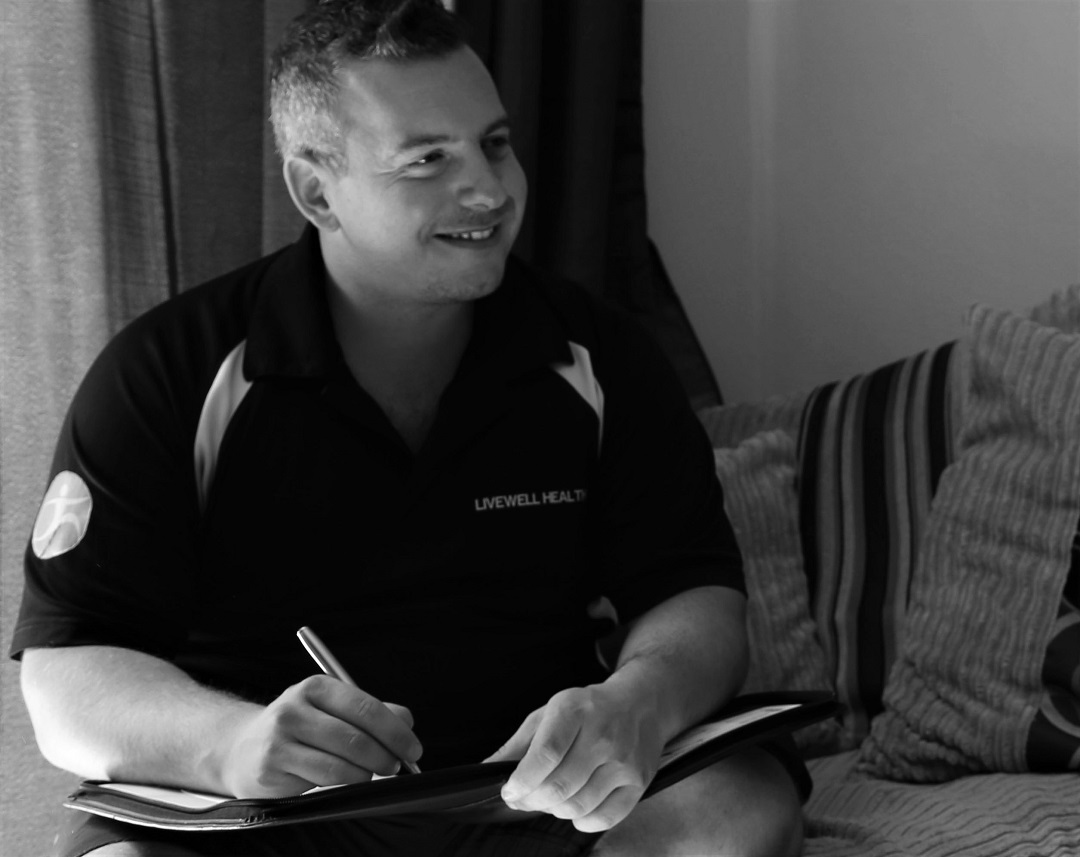Ankle Stability Exercises
The ankle joint is a complex hinge joint that connects the lower leg bones (the tibia and fibula) to the foot bone (the talus). It plays a critical role in weight-bearing activities such as walking, running, and jumping. This joint is stabilized by a network of ligaments, tendons, and muscles, which work together to maintain its position and resist movements that could lead to injury.
Anatomy
The ankle joint, or talocrural joint, is a hinge joint connecting the lower leg bones (tibia and fibula) to the foot bone (talus). This joint plays a critical role in weight-bearing and movement, enabling actions like walking, running, and jumping. The tibia and fibula form a stable structure around the talus, providing both flexibility and stability. The joint is lined with a synovial membrane that produces fluid to reduce friction, while articular cartilage cushions the bones during movement.
Stability in the ankle is maintained by ligaments and tendons. Key ligaments include the deltoid ligament on the inner side, which prevents over-eversion, and the lateral ligaments (anterior and posterior talofibular and calcaneofibular ligaments), which prevent excessive inversion. Tendons like the Achilles tendon, connecting the calf muscles to the heel, and the peroneal tendons, which stabilize the outer ankle, ensure controlled motion and protection from injury.
Surrounding muscles, such as the calf muscles (gastrocnemius and soleus), tibialis anterior, and peroneal muscles, work to move and stabilize the ankle. Together with the ligaments and tendons, they allow the ankle to function as a strong, flexible foundation for everyday activities and high-impact movements, while reducing the risk of injury.
Symptoms
Issues with ankle stability often manifest as frequent sprains, a sensation of wobbliness, pain, swelling, and difficulty bearing weight on the affected ankle. Chronic ankle instability can also cause recurring discomfort and impact an individual’s ability to engage in physical activities.
Causes
Ankle instability can result from various factors, including:
- Weak muscles supporting the joint.
- Poor neuromuscular control.
- Previous ankle injuries, such as sprains or fractures.
- External factors like inappropriate footwear or uneven surfaces during physical activity.
Recurrent injuries can lead to chronic ankle instability, further increasing the risk of complications.
Diagnosis
Diagnosing ankle instability typically involves a physical examination by a healthcare professional. The process may include:
- Assessing the range of motion and strength of the ankle.
- Reviewing the patient’s history of injuries.
- Imaging studies such as X-rays or MRIs to evaluate the condition of the ligaments, tendons, and bones.
Treatment
Treatment for ankle instability aims to strengthen the joint, improve neuromuscular control, and prevent further injuries. Interventions include:
- Deep Tissue Massage and Sports Massage: These therapies help alleviate muscle tension, improve circulation, and promote healing.
- Reflexology: Targeted pressure on specific points of the foot to support ankle function.
- Heat and Ice Therapy: Heat helps relax muscles, while ice reduces inflammation and pain.
- Medical Acupuncture: Stimulates the body’s natural healing processes and reduces pain.
- Cupping Therapy: Promotes blood flow and aids in recovery.
Exercises
Strengthening exercises are essential for improving ankle stability. Here are some effective options:
- Ankle Dorsiflexion
Use a resistance band to lift your foot toward your shin, strengthening the muscles at the front of the ankle. - Ankle Plantar Flexion
Press your foot away from your body using a resistance band, targeting the calf and ankle. - Eversion and Inversion
With a resistance band, move your foot outward (eversion) and inward (inversion) to strengthen the ankle’s stabilizing muscles. - Calf Raises
Stand on your toes and lift your heels off the ground to build strength in the calf and ankle. - Balance Exercises
Stand on one foot to enhance proprioception and improve stability.
Conclusion
Ankle stability is essential for maintaining proper joint function and preventing injuries. Through targeted exercises and strength and conditioning regime’s designed by our Physiotherapists or Sports Therapists combined with other modalities such as deep tissue massage, reflexology, and medical acupuncture, combined with specific strengthening exercises, individuals can significantly improve their ankle health.
If you experience recurring ankle issues such as sprains or weakness, or if you have sport-specific needs, contact our team of specialists. We can develop a personalized exercise plan and provide professional treatments to support your recovery and performance.


